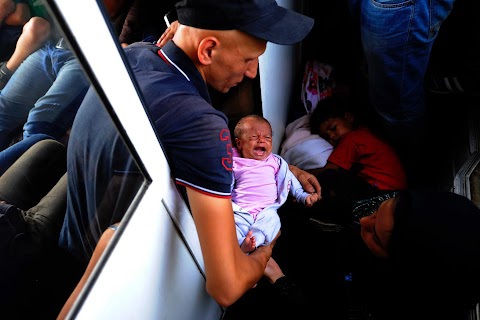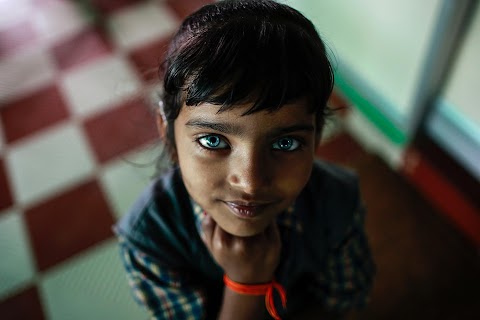
After the atomic blast
The Atomic Bomb Dome preserves one of the only structures left standing in Hiroshima after the world's first nuclear attack 70 years ago. It’s now a World Heritage Site.
The shadow of the bomb still looms large in modern-day Hiroshima, a thriving, bustling city crisscrossed by six rivers.
Story
The peace park covers a large portion of the town centre and includes a cenotaph with the inscription: "Let all the souls here rest in peace, for we shall not repeat the evil".
Japan has a long-standing policy of not possessing or producing nuclear arms and not letting others bring them into the country.
Story
The U.S. B-29 Superfortress Enola Gay, carrying 12 crew members, dropped the atomic bomb, nicknamed "Little Boy", on Hiroshima on August 6, 1945.
Three days later, the United States released an atomic bomb nicknamed "Fat Man" on Nagasaki.
Story
The bombing of Hiroshima and Nagasaki, ordered by U.S. President Harry Truman, remains the only use of nuclear weapons in war.
On Aug. 15, 1945, following the attack on Nagasaki, Japan surrendered, bringing World War Two to an end.
Story
With their ranks dwindling, some survivors - called hibakusha in Japan - are determined to pass on their experiences to younger generations.
There are now about 180,000 survivors of the Hiroshima and Nagasaki bombings. This year their average age topped 80 for the first time.




























